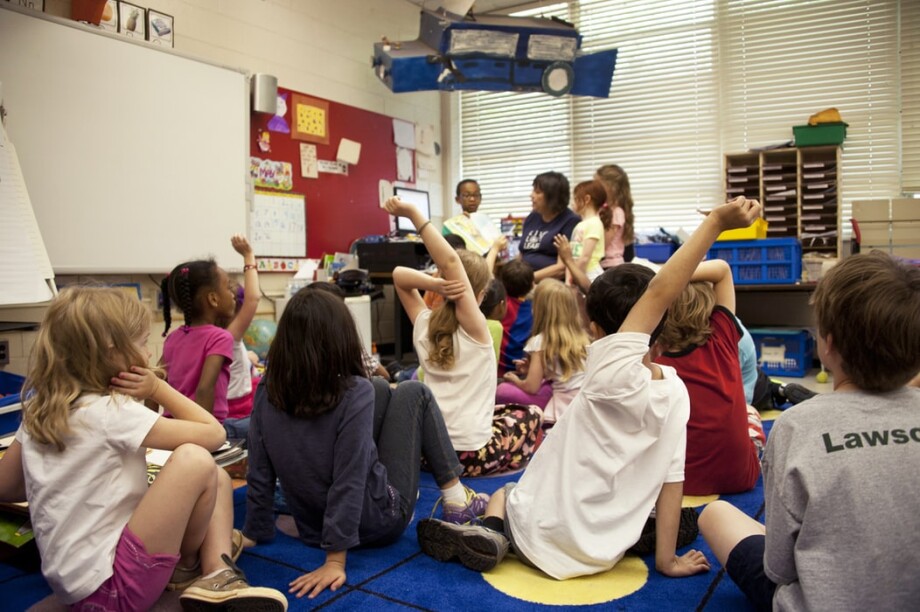The book Story-based Language Teaching (2018) co-authored by Jeremy Harmer and Herbert Puchta is one of the most valuable books in the ELT field. A book offers a number of useful practical ideas and activities to engage students in the content of the story, to get more language material out of it and elaborate it in their own way. Stories, in general, support natural acquisition of the language since it is learnt in contexts and through meaningful chunks. Here you can see the content of the book. From it, we can clearly see that the book focuses on:
- how the brain develops and perceives stories during each stage of its development;
- how to choose language level and age-appropriate stories;
- the elements that make the story useful for language learners;
- various intonation techniques, body language, facial expressions which help to tell the story in a more engaging way. As a teacher, you can exercise a little bit of these techniques by reading a newspaper line or a rhyme by varying the pitch and the volume. Try talking in a monster’s voice, giving a king’s command or a beggar’s plea, disguising your voice for different characters.
- techniques which help to use the story in its full-scale format to generate as much language material as possible.
In this article, we will present an outline of how a storytelling session can be delivered according to the techniques and principles offered in the book.
- Pre-story-telling activities
It is important to capture students’ attention and raise their curiosity on the content of the story to be told. You can do this by showing a picture referring to the story and generating ideas on its possible plot, use word clouds to tell the possible story, teach target vocabulary and language expressions to ponder over the content of the story. In this way, you warm students up for the story session and give valuable language material.
- The actual story-telling
The teacher tells the story either without any involvement of the students or by asking some questions on what will happen next. Follow the link to watch a story-telling video.
- Post-story telling activities
- Students can quickly share what happened in the story in pair or group work.
- Each group may write a number of questions based on the story.
- Another activity is creating their own ending and comparing it with peer groups.
- With more enthusiastic learners you can have drama or role-plays of the story.
- Students create story mapping or storyboarding and compare them with their peers.
- You retell the same story to your peer with mistakes and he/she needs to figure them out.
As a teacher, you prepare a set of questions on the ideas and beliefs, characters, happenings and intentions of the story. It helps to develop their critical thinking through analyzing, judging and concluding.
Here, you can see an example of the language work that can be done and how you can use story-boarding.
As a follow-up session, children bring stories from their elders, share them and discuss their story’s ideological background.
To sum up, story-based language teaching is an effective way of helping children obtain oral language proficiency. Story-telling is useful for consistent development of listening skills. In order to have a successful story-telling session, teachers need to know how to select a story and various techniques of telling a story and enabling children to be storytellers in an interactive way. You can get access to all the necessary information in the book which is incredible in its structure and conceptual value.






 Вероника Аветисян
Вероника Аветисян 
 Маргарита Аветисян
Маргарита Аветисян 


